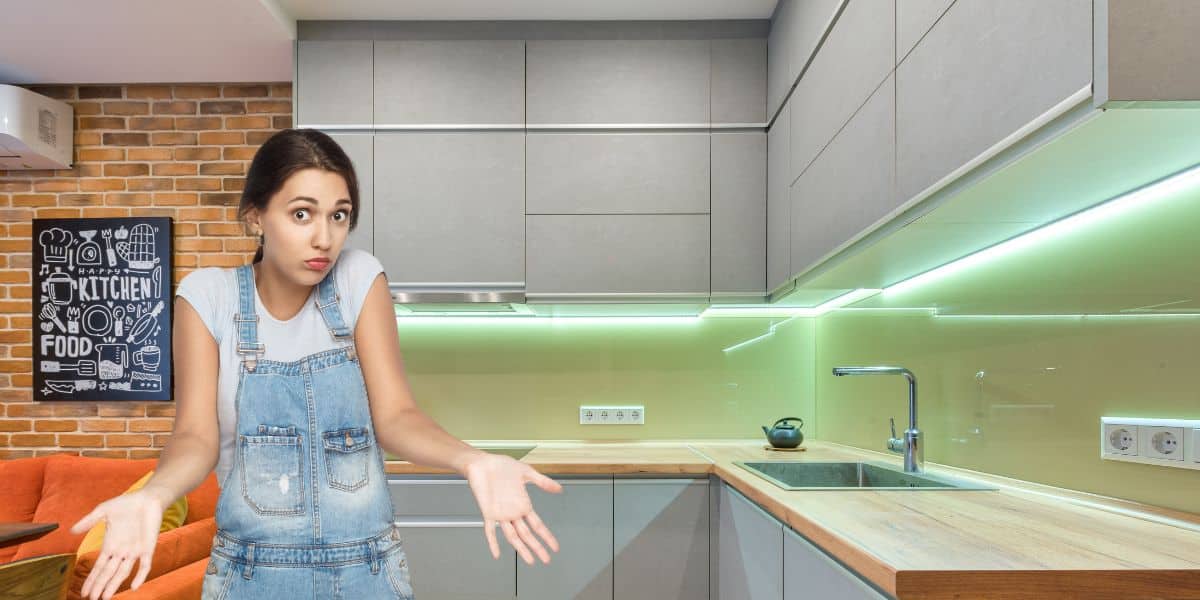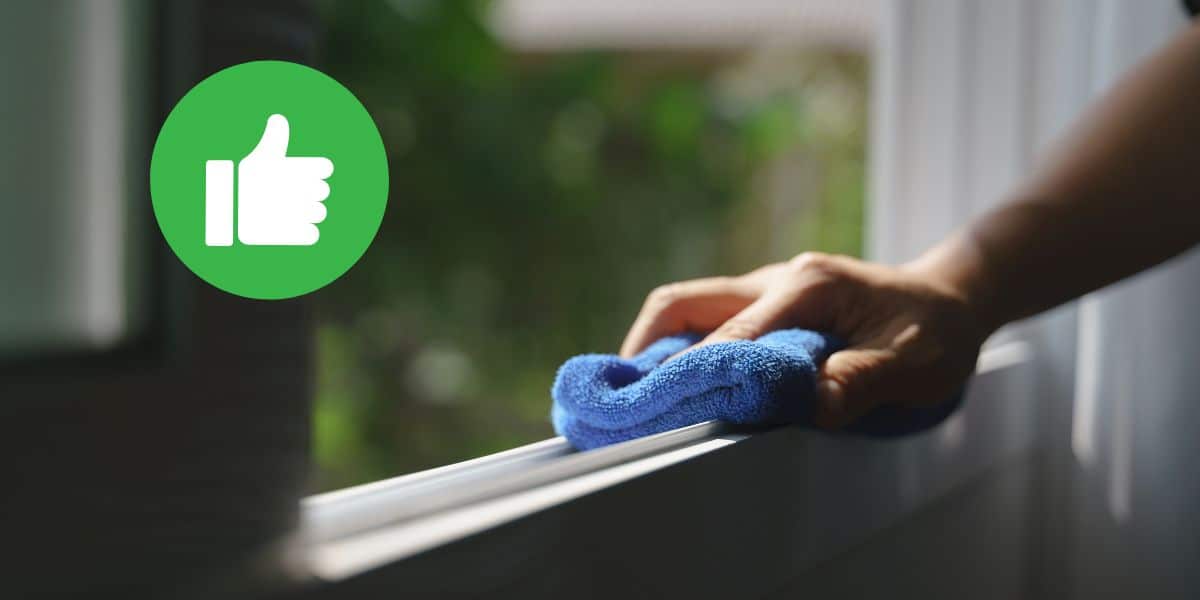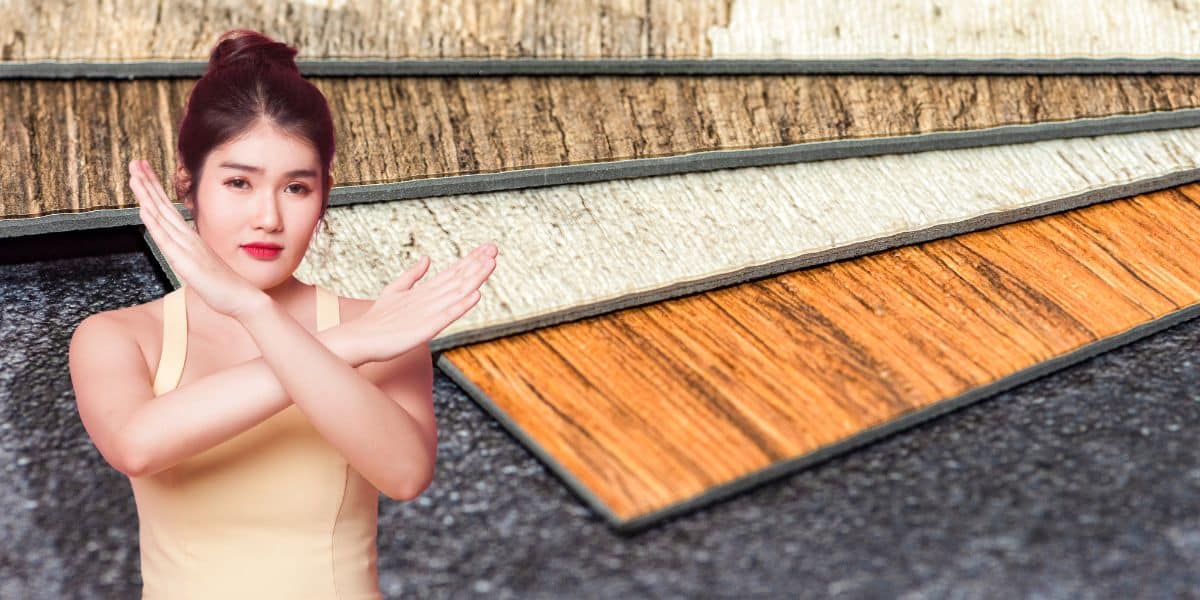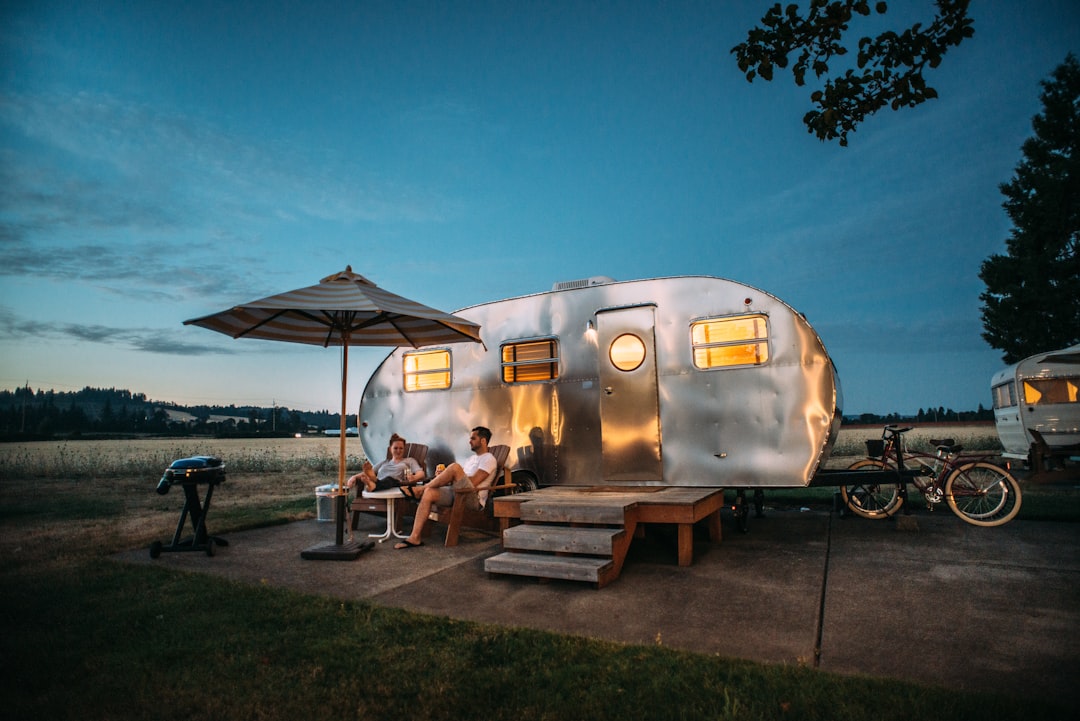When pondering the question of wood kitchen countertops, many homeowners find themselves caught in a dilemma: Are they a brilliant addition to your home or a maintenance nightmare? This article explores the myriad advantages and potential drawbacks of wood countertops, delving into their beauty, warmth, and overall functionality in the kitchen while also addressing the upkeep necessary to keep them looking pristine.
There’s no denying that wood kitchen countertops exude a timeless charm that can elevate any kitchen design. Their natural beauty not only brings warmth but also offers a sense of character that no other material can replicate. Many people are enchanted by the unique grain patterns and rich tones that wood provides, making it a popular choice for various kitchen aesthetics from rustic to contemporary. Unlike granite or quartz, which can often appear cold and sterile, wood adds a touch of soft elegance.
However, potential buyers must consider the full spectrum of maintenance requirements involved with wood surfaces. Unlike more durable materials, wood can warp or suffer damage when exposed to moisture and temperature fluctuations. This is particularly important in a kitchen, where spills and heat are an unavoidable reality. Regular upkeep, such as oiling, sanding, and sealing, is a necessity to preserve the surface and prevent any wear over time.
FAQ
Are wood kitchen countertops easy to maintain? While they require regular care, such as oiling and sealing, they can be manageable with the right attention.
Can wood countertops warp? Yes, wood can warp when exposed to excessive moisture or heat, hence proper care is essential.
What type of wood is best for kitchen countertops? Hardwoods such as oak, maple, or walnut are often recommended for their durability and resistance to wear.
How often do I need to oil my wood countertops? It’s advisable to oil your wooden countertops every few months or when they begin to look dry.
Can I cut directly on my wood countertop? While it’s not recommended, wood surfaces are more forgiving on knives than harder materials. Just be sure to maintain them well!
In conclusion, wood kitchen countertops bring a beautiful blend of natural warmth and style to any kitchen, but the question of maintenance cannot be ignored. Careful consideration of how much effort you are willing to invest in upkeep and the expected daily use of the countertop will help you make the best decision for your home. Keep returning for more home decor tips and tricks as we continue sharing advice to enhance your living space!
Disadvantages of Wood Countertops
Despite their charm, the disadvantages of wood countertops should not be overlooked. One of the most significant concerns is their susceptibility to damage. Wood can be affected by moisture and heat, leading to warping, cracking, or unattractive stains. This very aspect can create potential health risks if not properly maintained, as bacteria can harbor in untreated surfaces. Hence, frequent sealing and treatment are necessary to ensure the hygiene and durability of these countertops over time.
Additionally, the lifespan of wood varies widely depending on the wood type and how well you maintain it. Some cheaper wood varieties may not hold up as well when exposed to daily kitchen activities. Homeowners should really contemplate how active their kitchens are before making a fortifying choice regarding wood countertops.





